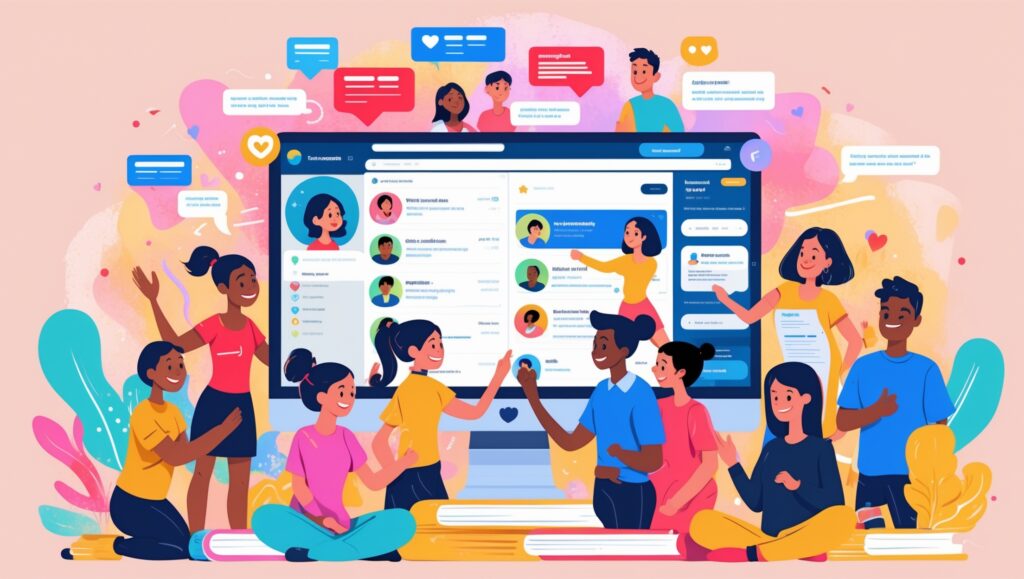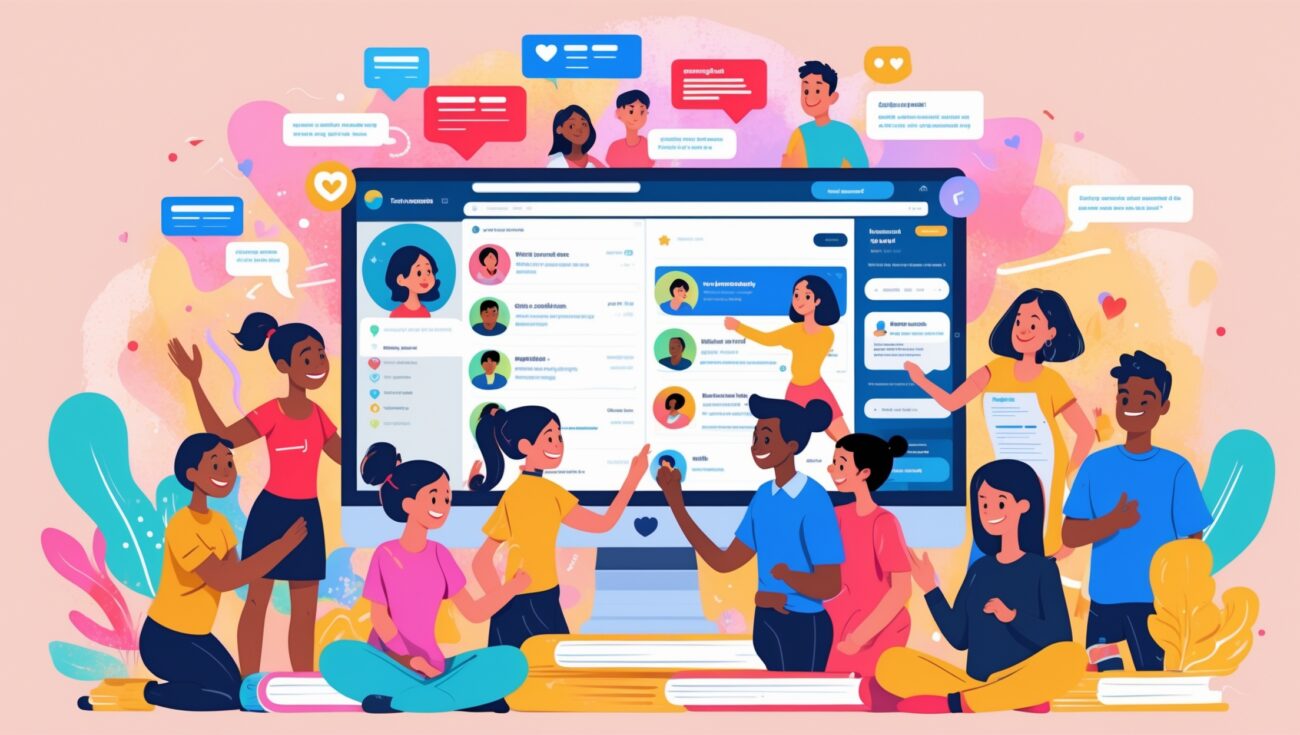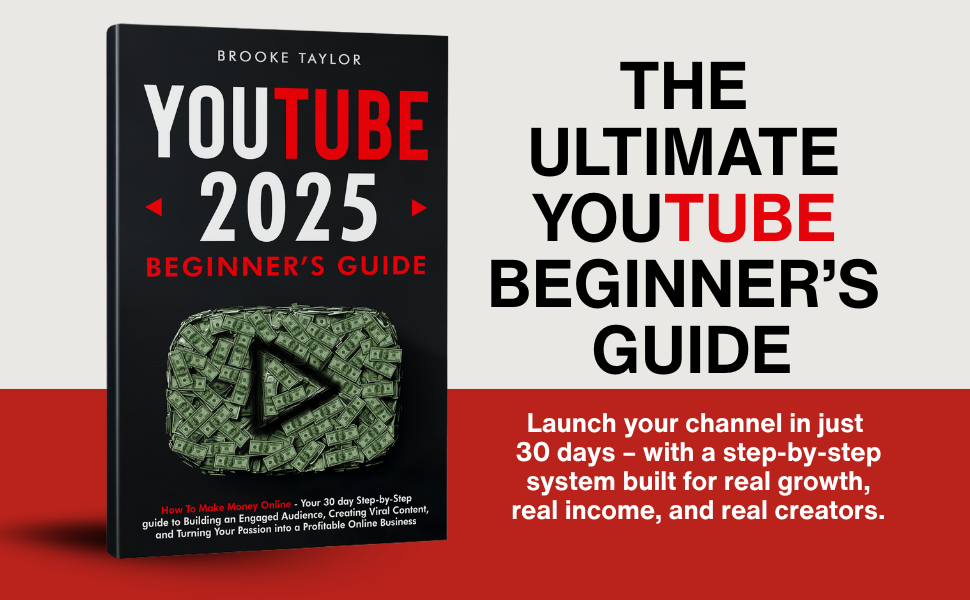How to Keep Members Engaged in Your Online Community
My Wake-Up Call on Engagement
When I launched my first online community, I thought the hard part was getting people in the door. I celebrated every new signup. But after a few weeks, I noticed something troubling: people weren’t posting, conversations were flat, and half my members had stopped showing up.
That’s when I realized the truth: growth is nothing without engagement.
If your members don’t feel connected, supported, and active, they’ll leave. The good news? Engagement isn’t about working harder or spending hours online. It’s about setting up the right systems, culture, and platform. Today, my community practically engages itself—and the big shift came when I started using Skool.
In this post, I’ll share exactly how I keep members engaged and excited, day after day.

Table of Contents
Why Engagement Matters More Than Growth
Here’s what I learned the hard way:
- Engagement drives retention. If members don’t feel connected, they leave.
- Engagement creates results. The more they participate, the faster they see progress.
- Engagement fuels growth. Active members invite others, giving you organic growth.
In other words: if you can master member engagement, your online community becomes unstoppable.
Step 1: Create a Strong Onboarding Experience
Engagement starts the moment someone joins. If their first experience is confusing or boring, they won’t stick.
Here’s how I set up onboarding inside Skool:
- Welcome video – A personal message explaining what the community is about.
- Pinned posts – Clear instructions on how to get started.
- First challenge – A quick win to get them involved (like sharing an intro post).
- Gamification – Skool automatically rewards participation with levels and points.
Tip: People engage more when they feel progress right from the start.
Want to try this yourself? Set up your Skool community here.
Step 2: Build a Culture of Contribution
A community isn’t a one-man show. If you’re the only one posting, members will sit back and watch.
To build a culture of contribution, I:
- Ask members to share their wins and struggles.
- Highlight member posts in the community feed.
- Encourage peer-to-peer support instead of me answering everything.
- Celebrate active members publicly.
When members feel valued, they naturally start contributing more.
Step 3: Use Engagement Loops
Engagement doesn’t happen by accident—it happens by design. I built engagement loops into my community:
- Weekly prompts – Example: “What’s your biggest win this week?”
- Recurring events – Members show up because it becomes a habit.
- Challenges – A 30-day challenge keeps people checking in daily.
- Recognition cycles – Every week, I give shoutouts to top contributors.
These loops create consistency, which keeps members coming back.
Step 4: Run Live Events
Nothing bonds a community faster than real-time interaction. With Skool’s calendar feature, I schedule:
- Weekly Q&A calls.
- Guest expert sessions.
- Monthly workshops or challenges.
Members RSVP directly in Skool, get reminders, and access replays. This eliminates the mess of juggling Zoom links or emailing reminders.
Live events give members a reason to show up and engage consistently.
Step 5: Gamify the Experience
One of the smartest features of Skool is gamification. Members earn points, level up, and unlock perks by posting, commenting, and engaging.
Here’s how I use it:
- Create milestones (ex: Level 3 unlocks bonus resources).
- Run contests (ex: “Top 5 contributors this month win a 1:1 session”).
- Recognize leaders on the leaderboard.
Gamification turns engagement into a game. People want to participate because it’s fun and rewarding.
You can activate gamification in your own group with Skool: Sign up here.
Step 6: Keep Content Fresh (But Not Overwhelming)
I used to think I needed to drop tons of content to keep people engaged. But I learned that too much content overwhelms members. Instead, I focus on:
- Core content in the classroom (structured, step-by-step lessons).
- Weekly updates – Short, fresh lessons or insights.
- Community-driven posts – Encouraging members to share tips.
- Seasonal themes – Example: “January Challenge: Kickstart the Year Strong.”
This balance keeps the group active without making it feel like homework.
Step 7: Empower Leaders Within the Group
The best way to keep engagement high is to stop being the only leader. I empower members to step up by:
- Giving moderator roles to top contributors.
- Asking advanced members to host Q&A sessions.
- Creating peer accountability groups inside the community.
When leadership is shared, engagement multiplies. People stay active because they feel ownership of the group.
Step 8: Use Recognition and Rewards
Recognition goes a long way. Every week, I:
- Highlight “Member of the Week.”
- Share screenshots of wins.
- Celebrate milestones like “100 posts” or “500 comments.”
Sometimes I also give rewards—bonus trainings, free sessions, or exclusive access—to keep the momentum alive.
Recognition creates a culture where people want to contribute.
Step 9: Keep Communication Clear and Simple
One big mistake I made early on was overwhelming members with too many channels and instructions.
Skool fixed this for me because it’s simple and distraction-free. Everything happens in one place: classroom, community, calendar. No clutter. No confusion.
The clearer and simpler your communication, the easier it is for members to stay engaged.
Step 10: Track and Adjust
Finally, I learned to treat engagement like a system I can measure. Inside Skool, I track:
- Who’s most active.
- Which posts get the most engagement.
- Which events members attend most.
With this data, I double down on what works and cut what doesn’t. That way, the community stays alive and evolving.
Why Skool Is the Best Platform for Engagement
I’ve tried Facebook, Discord, Kajabi, and Circle—but Skool outperformed them all because:
- Gamification keeps members hooked.
- All-in-one design reduces friction.
- Calendar integration makes events easy.
- Simple UI encourages daily check-ins.
My engagement rates literally doubled after moving my group to Skool.
If you want the same results, start your community here: Sign up for Skool today.
FAQs About Engagement
1. How often should I post to keep members active?
3–4 times a week is enough. The key is quality, not quantity.
2. What if members go silent?
Run a challenge or live event to reignite activity.
3. Do I need a big group for high engagement?
Not at all. Even small groups can feel alive if structured well.
4. Should I start free or paid?
Paid communities have higher engagement because members value what they invest in.
Conclusion: Engagement Creates Longevity
At the end of the day, building a community isn’t just about numbers—it’s about connection. The more engaged your members are, the longer they’ll stay, the more results they’ll get, and the more profitable your group becomes.
For me, the turning point was moving to Skool. It gave me the tools to keep members engaged effortlessly and build a thriving space that grows on its own.
If you’re ready to keep your community alive and thriving, start here: Sign up for Skool now.








Embark into the vast galaxy of EVE Online. Find your fleet today. Trade alongside hundreds of thousands of explorers worldwide. [url=https://www.eveonline.com/signup?invc=46758c20-63e3-4816-aa0e-f91cff26ade4]Free registration[/url]
Immerse into the breathtaking galaxy of EVE Online. Find your fleet today. Fight alongside millions of pilots worldwide. [url=https://www.eveonline.com/signup?invc=46758c20-63e3-4816-aa0e-f91cff26ade4]Play for free[/url]